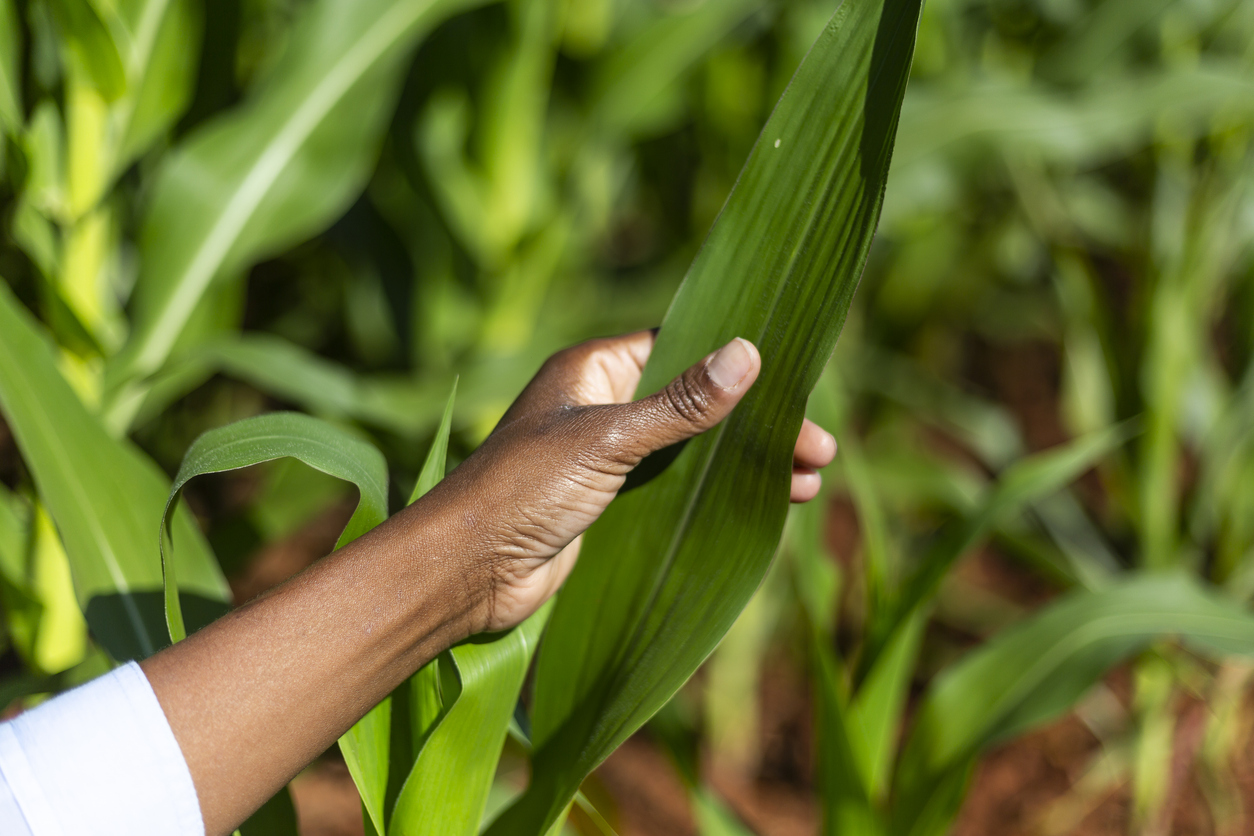
The Research problem
Climate change and crop diseases jeopardize the food security of millions in Africa. Enhanced understanding of these impacts will help to mitigate them and enable Africa’s agriculture to thrive. This project will focus on northern leaf blight, which is caused by a fungus called Exserohilum turcicum. This disease is a major threat to the productivity and yields of maize, an essential crop that millions of people in sub-Saharan Africa depend on for food. As the climate changes (world getting warmer, changes in rainfall partterns and other extremes), this E. turcicum may spread to new areas or become more severe, putting the productivity of maize, its yields and ultimately food security of Africa at risk. By studying the interaction between the fungus and maize under different climate conditions, we hope to help farmers and policymakers prepare for future challenges.
Research Design
This project intends to predict the effects of climate change on Exserohilum turcicum, the pathogen responsible for northern leaf blight (NLB). To achieve this, we will collect data from a variety of sources. This includes published research, online databases, and conversations with experts from research institutions and seed companies. We will focus on major maize-growing countries in southern Africa (like South Africa, Zimbabwe, and Zambia), eastern Africa (like Ethiopia, Kenya, Uganda, and Tanzania), and western Africa (like Nigeria and Ghana). The data we gather will help us understand how the fungus spreads and how it is affected by different weather conditions, such as temperature and relative humidity. We will use a specialised software program called MaxEnt to build models that predict how the disease might spread in the future, taking into account different climate change scenarios for the years 2030, 2050, and 2075. By the end of the project, we will have maps that show where the disease is most likely to spread under both present-day and future climate conditions. This information will be useful for developing strategies to protect maize crops and ensure food security in sub-Saharan Africa.
Project Objectives
At the end of this project we will map out areas in major countries in sub-Saharan Africa where northern leaf blight is currently affecting maize crops and how the situation might change as the climate warms. Specifically, this project will (1) review existing research and gather expert knowledge to identify where northern leaf blight is currently found in different African countries; (2) use computer models to predict how the distribution of Exserohilum turcicum might change under future climate scenarios; and (3) create maps showing areas that are most at risk of the disease now and in the future, based on projected changes in temperature, humidity, and other environmental factors. The WUN RDF is funding a network of four member Universities in Africa (University of Pretoria, University of Ghana) and Europe (University of Exeter and University of Bristol) in order to address execute this project.